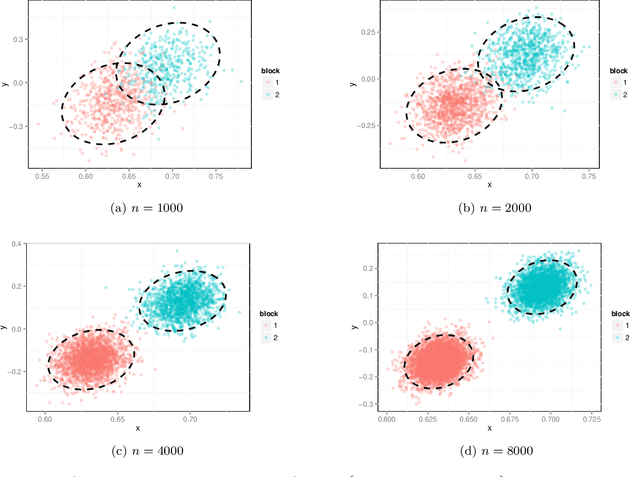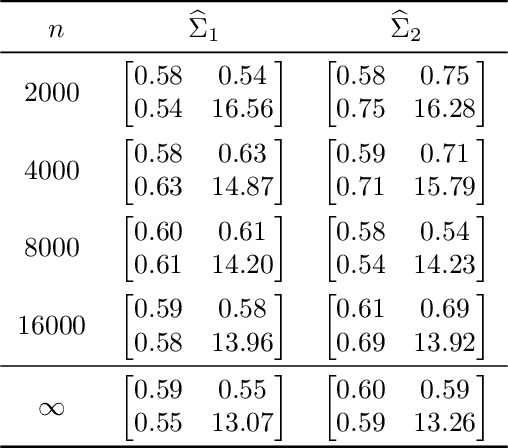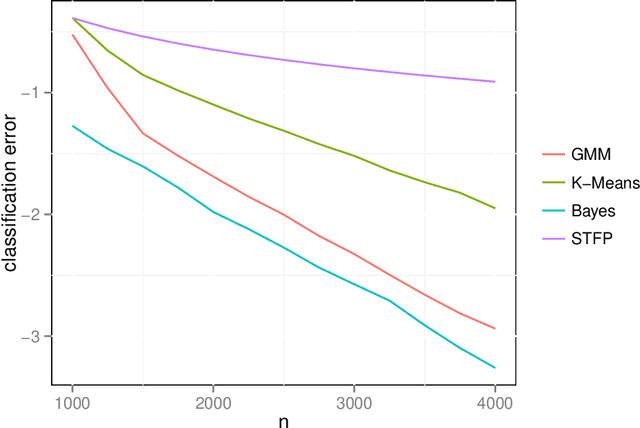David J. Marchette
Simultaneous Dimensionality and Complexity Model Selection for Spectral Graph Clustering
Apr 05, 2019



Abstract:Our problem of interest is to cluster vertices of a graph by identifying its underlying community structure. Among various vertex clustering approaches, spectral clustering is one of the most popular methods, because it is easy to implement while often outperforming traditional clustering algorithms. However, there are two inherent model selection problems in spectral clustering, namely estimating the embedding dimension and number of clusters. This paper attempts to address the issue by establishing a novel model selection framework specifically for vertex clustering on graphs under a stochastic block model. The first contribution is a probabilistic model which approximates the distribution of the extended spectral embedding of a graph. The model is constructed based on a theoretical result of asymptotic normality of the informative part of the embedding, and on a simulation result of limiting behavior of the redundant part of the embedding. The second contribution is a simultaneous model selection framework. In contrast with the traditional approaches, our model selection procedure estimates embedding dimension and number of clusters simultaneously. Based on our proposed distributional model, a theorem on the consistency of the estimates of model parameters is stated and proven. The theorem provides a statistical support for the validity of our method. Heuristic algorithms via the simultaneous model selection framework for vertex clustering are proposed, with good performance shown in the experiment on synthetic data and on the real application of connectome analysis.
A central limit theorem for scaled eigenvectors of random dot product graphs
Dec 23, 2013


Abstract:We prove a central limit theorem for the components of the largest eigenvectors of the adjacency matrix of a finite-dimensional random dot product graph whose true latent positions are unknown. In particular, we follow the methodology outlined in \citet{sussman2012universally} to construct consistent estimates for the latent positions, and we show that the appropriately scaled differences between the estimated and true latent positions converge to a mixture of Gaussian random variables. As a corollary, we obtain a central limit theorem for the first eigenvector of the adjacency matrix of an Erd\"os-Renyi random graph.
 Add to Chrome
Add to Chrome Add to Firefox
Add to Firefox Add to Edge
Add to Edge